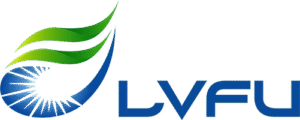I. A quick look at the inverter market performance in the first half of 2025
Solis: The first half of the year saw “significant profit improvement, strong operating cash flow, and a product mix shifting toward higher gross margins.” Operating cash flow was positive and improved significantly. The energy storage inverter segment was a key driver of profit this period.
Goodwe: Despite large revenue and high shipment volumes in the first half of the year (nearly 400,000 inverters shipped), the company’s rapid expansion and platform/R&D investment squeezed short-term costs and cash.
II. The core business strategies adopted by the two inverter companies
Solis: Focusing on product portfolio upgrades (increasing the proportion of energy storage and medium- and high-power products), improving product gross margins, and controlling costs; while leveraging the recovery of overseas markets to amplify benefits, this strategy is a profit optimization strategy with “short- to medium-term results.”
Goodwe: Adhering to the integrated “source-grid-load-storage-intelligence” model and platformization (platforms, virtual power plants, etc.), global expansion, and R&D investment, Goodway is pursuing a “broad product line + scenario-based + long-term investment” approach, hoping to build long-term competitiveness—though this will put pressure on profits and cash flow in the short term.
Conclusion: Solis’s strategy of “increasing gross profit while protecting cash flow” has resulted in strong short-term profit and cash flow performance. Goodwe’s strategy of “broad coverage + platform development + long-term investment” has resulted in greater revenue and scale, but short-term profit and cash flow pressure. Both companies have their own trade-offs, and the future will depend on the pace of market recovery and the speed of commercialization of their investments.

